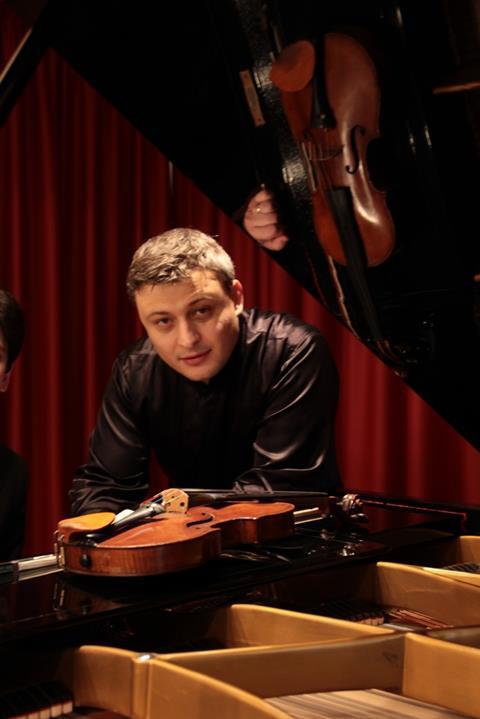Junior Guildhall violin professor Ivo Stankov continues his series on how to practise efficiently and effectively with tips on approaching new pieces

Elaborating and following a good practice plan when learning a new piece will enhance the quality of your preparation and determine ultimately the success of your performance. Furthermore, splitting it into three practising stages will help you to organise, visualise, and address the key practicing aspects:
1. Technique – Reading the score
2. Unifying Technical and Musical aspects
3. Performing
Stage 1 – Technique – Reading the score
Start by playing the whole piece at a slower pace, observing and executing as many details written on the page as possible. Make a mental note of any particularly demanding technical elements which you will have to address separately in your practice later. Develop a general sense of the piece and its structure. Listen also to a good recording – observe how the phrasing works and what are the structure, character and style of the piece. Read again all markings on the page and make sure you understand correctly their exact (not approximate!) meaning – it is extremely important to take note of the composer’s ideas before starting to develop your own ideas. Use a good edition – discuss markings with your teacher, as sometimes there are important discrepancies between the composer’s and editor’s markings which will need to be resolved.
More info on: Violin Tips Practicing Guide - Stage 1 - Reading
Stage 2 – Unifying Technical and Musical aspects
Start by dividing the piece into shorter sections breaking down elements to their basic core and gradually focusing on one element at a time – notes, fingering, rhythm, slurs, etc. Play slowly repeating technical details meticulously - a shift, for example. Focus bar-by-bar on every single technical aspect in greater depth – like the sound quality when executing chords. A great example for such technically detailed practice is Ševčík’s op.19 analysis of Tchaikovsky’s violin concerto – once you get familiarised with its content, work out and invent your own practice patterns and repetition models in a similar way for other pieces you play.
Balance your technical work with the musical challenges – as your level of technical competence improves with time, focus gradually on the musical details. In fact, practising the technicalities in the piece should be always addressed in the context of its musical character (as in Ševčík’s concerto analysis). Therefore, also apply in practice any phrasing, stylistic, characteristic, and structural elements as you are already thinking about the next stage: performance.
And to quote the great master of practicing – Ševčík: ’Good will, perseverance, and zeal are the soul of the work’, which is a great motto that could be applied to any piece you learn.
More info on: Violin Tips Practicing Guide - Stage 2 - Learning
Stage 3 – Performance
Start ‘test-driving’ – playing the piece without interruption, prioritise musical feeling over technical details though monitoring them in the background. Some sections might need polishing – practise them separately, playing slowly again to fixing any minor issues. Perform alternating your playing pace (slowly, intermediary, at original speed) to establish further control over finer details technically and musically. Play the music, not the notes: think about producing a beautiful sound and playing with the appropriate character and style. Let all the technicalities to blend naturally working in your mind’s background, also letting the muscle memory alongside to build up your performance stamina in the process. Start immersing with your heart and soul into the moment of performance and develop a ‘feeling’ for it – your artistry will then start taking over and leading you to the point of performance.
More info on: Violin Tips Practice Guide - Stage 3 - Performing
Read: 6 technical ways for improving your practice
Read: The 3-points practicing routine: Description - Action - Result
Topics
The 3-points practicing routine: Description - Action - Result
- 1
- 2
- 3
 Currently reading
Currently readingHow to practise a piece – 3 stages of learning
- 4














































No comments yet